Berlin’s Underground: A Walk Through History
By Terri Marshall
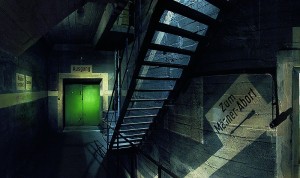
The pages of our world history textbooks are filled with stories of Adolph Hitler’s rule over Germany. From 1933 to 1945, Germany was known as Nazi Germany and the Third Reich. Berlin was Hitler’s headquarters making it a prime target for air raids and bombings during World War II.
Soviet occupation of East Germany after World War II ultimately led to the resurrection of the Berlin Wall in 1961. East Germans could no longer travel freely into West Germany. Families were split and East Berlin residents employed in the West were cut off from their jobs. The Iron Curtain fell and remained firmly in place for the next 28 years.
This year marks the 25th anniversary of the fall of the Berlin Wall and the reunification of Germany. Except for a small booth marking the location of Checkpoint Charlie at the site of the Berlin Wall and vendors offering pieces of the Wall as souvenirs, Berlin’s dark history is not that visible…at least not above ground.
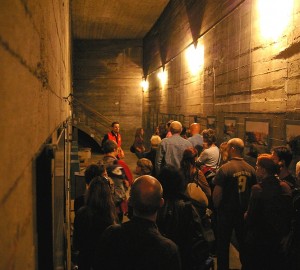
Images © Berliner Unterwelten e.V.
The tour began in the Gesundbrunnen underground railway station at a green door. Hundreds of Berlin subway riders pass by this green door everyday having no idea a preserved bunker from World War II filled with historic artifacts is on the other side. Thousands of working class Berlin residents – men, women and children – sought refuge in this very bunker.
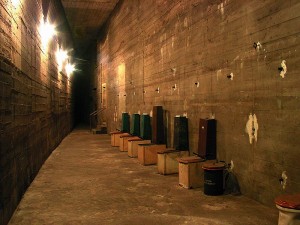
As we traveled from one claustrophobic room to another, our guide shared the stories of day to day life for the people trapped inside the bunker as bombs flew overhead. Everyone was required to buy a gas mask. Rooms had minimal light and no ventilation forcing the residents to endure terrifying hours in the dark as sweat poured off their bodies.
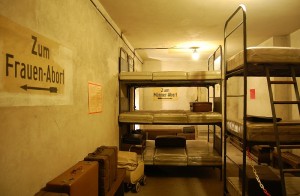
Images © Berliner Unterwelten e.V.
Men, women and children were affected by the horrors of war. Children learned to cope through the use of board games themed around the events of the war. Mothers did the best they could to shield their children from the realities outside the bunker. The men were mostly missing – having been called into combat.
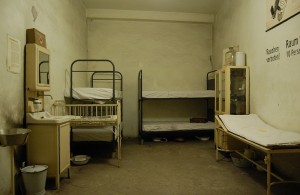
Images © Berliner Unterwelten e.V.
Prior to the war, Berlin’s landscape was flat. Today there are hills throughout the city. The bombings left behind mountains of rubble that were impossible to remove so grass was planted, trees were brought in from around the world and a new landscape emerged.
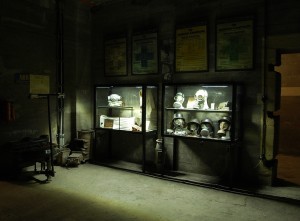
Images © Berliner Unterwelten e.V.
Whatever you choose to experience you are sure to walk away from this subterranean journey with a new perspective of the universal horrors of war and a new appreciation for the resilience of the human spirit.
For more information on the Berliner Unterwelten tours, see http://berliner-unterwelten.de
Terri is a freelance writer with regular columns on travel, chocolate and bar reviews. She is busy each month visiting new places to bring unique travel destinations and events to you. Yes, it is a sacrifice – but she is willing to do that for her readers! You can see more of Terri’s writing at www.examiner.com where she is the National Chocolate Examiner and at www.barzz.net. Also, check out her blog at www.trippingwithterri.com. You can contact Terri at terri.marshall60@gmail.com.

